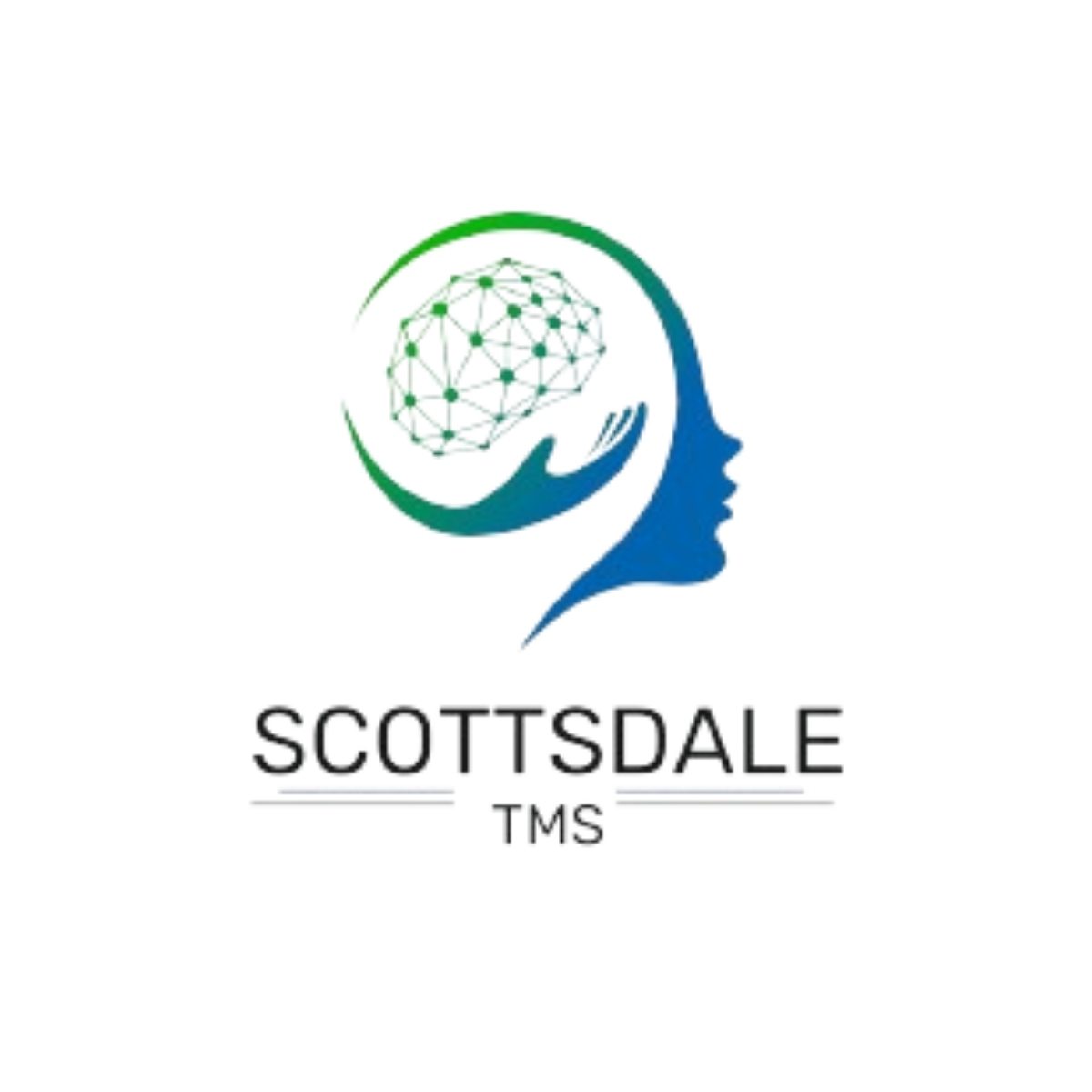Over the past two decades, science has brought new hope for people struggling with depression, PTSD, traumatic brain injuries, and other mental health conditions. Among the most promising approaches are Transcranial Magnetic Stimulation (TMS) and Magnetic e-Resonance Therapy (MeRT). Both therapies use magnetic fields to influence brain activity without surgery or medication.
While TMS therapy is well-established and FDA-approved, MeRT is a newer, more personalized approach. Patients and families often ask: What is the difference between MeRT vs. TMS? Which one works better?
This article breaks down everything you need to know about these two brain stimulation therapies, including how they work, what conditions they treat, side effects, and how to choose between them.
Questions Answered in This Article:
Our Alcohol Addiction Treatment Programs

Scottsdale Rehab
Luxury Personalized Rehab

Hart Rehab
Holistic Luxury Personalized Rehab

Scottsdale Detox
Luxury Medical Detox
TMS Therapy Overview
Transcranial Magnetic Stimulation (TMS) is a non-invasive brain treatment that uses a magnetic coil to stimulate targeted areas of the brain linked to mood, motivation, and mental health.
During treatment sessions, the coil is placed against the scalp. It produces pulses of magnetic energy that pass through the skull and into the area of the brain responsible for regulating mood. For depression, this usually means the left dorsolateral prefrontal cortex.
- Treatment protocol: TMS sessions typically last about 45 minutes.
- Patients undergo weeks of treatment, usually five sessions per week for four to six weeks.
- A full course may include 20 to 30 treatment sessions.
The FDA has approved TMS therapy for major depressive disorder, obsessive-compulsive disorder (OCD), and smoking cessation. According to the National Institute of Mental Health, about 21 million adults in the U.S. experience at least one major depressive episode each year. For patients who don’t respond to antidepressants, TMS offers a safe, effective alternative.
What is Magnetic e-Resonance Therapy?
Magnetic e-Resonance Therapy (MeRT) is a specialized form of brain stimulation that builds on TMS. Instead of using the same protocol for every patient, MeRT takes a personalized approach by mapping each patient’s unique brain activity.
Here’s how it works:
- Assessment period of treatment: Before beginning therapy, patients undergo qEEGs and EKGs. A quantitative EEG measures electrical activity in the brain, while an EKG records heart rhythms.
- These tests help identify irregular brainwave patterns and how they connect to symptoms.
- A customized treatment protocol is created to tailor treatment specifically to the patient’s needs.
MeRT sessions also use a magnetic coil, but stimulation is adjusted to match the brain’s natural rhythms. The idea is to restore more balanced communication between networks and improve function.
Unlike TMS, MeRT is not yet FDA-approved. However, many brain treatment centers offer it as an alternative treatment option for conditions beyond depression.
Conditions Treated by MeRT
One of the most exciting aspects of Magnetic e-Resonance Therapy is its wide range of applications. Some conditions treated by MeRT include:
- Depression: Especially treatment-resistant depression when medications and standard therapy do not work.
- PTSD: Veterans and trauma survivors have reported improvements with MeRT.
- Traumatic Brain Injury (TBI): MeRT may help restore disrupted brainwave patterns caused by concussions or head trauma.
- Autism Spectrum Disorder: Parents of children with ASD have reported better social interaction, communication, and focus after MeRT sessions.
- Sleeping Disorders: Since MeRT targets irregular brain activity, some patients notice improved sleep cycles and reduced insomnia.
- Cognitive Performance: MeRT is also being studied for memory, focus, and brain fog.
According to the Centers for Disease Control and Prevention (CDC), nearly 2.8 million Americans sustain a traumatic brain injury each year, highlighting the urgent need for innovative therapies like MeRT.
MeRT Therapy Side Effects
Both TMS and MeRT are considered safe and non-invasive. Neither requires anesthesia or surgery, and both avoid the side effects of medication.
Common side effects of MeRT therapy include:
- Mild headache
- Tingling or discomfort on the scalp
- Temporary fatigue after sessions
These are very similar to TMS side effects. Serious complications are rare. Some patients report improvements in mood and energy almost immediately, while others notice gradual progress after several weeks of treatment.
MeRT Therapy vs. TMS Therapy
While MeRT and TMS are related, they are not the same. Below is a breakdown of the differences between MeRT vs. TMS:
Aspects | TMS Therapy | MeRT Therapy |
Personalization | TMS therapy follows a standardized protocol approved by the FDA. | MeRT customizes the frequency, intensity, and placement of stimulation based on brainwave mapping. |
FDA Approval | Approved for depression, OCD, and smoking cessation. | Not FDA-approved yet, but used off-label in specialized clinics. |
Conditions Treated | Treatment-resistant depression, OCD, and nicotine dependence | Broader applications including PTSD, autism spectrum disorders, sleeping disorders, and traumatic brain injury. |
Treatment Sessions | Standard course of 20-30 sessions, each lasting 45 minutes. | Session length and number vary depending on the assessment period of treatment and brain mapping results. |
Insurance Coverage | Often covered for depression when other treatments fail. | Typically out-of-pocket since it is still considered experimental. |
Effectiveness and Research
The science behind TMS therapy is well-established. Studies show response rates between 50–60% for treatment-resistant depression, with about one-third achieving full remission.
On the other hand, MeRT therapy is still in its early research phase. While clinical reports and case studies suggest benefits for TBI, PTSD, and autism, large-scale randomized trials are limited. Advocates argue that its personalized approach makes it more flexible than standardized TMS.
Because MeRT adapts to each patient’s brain activity, it offers potential for conditions where TMS may not be as effective. However, more peer-reviewed studies are needed to fully confirm its long-term benefits.
Choosing Between MeRT and TMS
Deciding between TMS therapy and MeRT depends on your condition, medical history, and access to treatment centers.
TMS may be the right choice if:
- You have major depressive disorder that has not improved with medication.
- You want an FDA-approved, insurance-covered option.
- You are comfortable with a standardized treatment protocol.
MeRT may be worth exploring if:
- You are dealing with conditions like PTSD, TBI, autism spectrum disorder, or sleeping disorders.
- You want a personalized brain therapy guided by qEEGs and EKGs.
- You are open to paying out-of-pocket for newer treatment options.
- You value a tailored treatment approach that adapts to your unique brain function.
In either case, treatment should always be supervised by a qualified professional at a licensed brain treatment center.
Finding Help and Treatment
Both Transcranial Magnetic Stimulation (TMS) and Magnetic e-Resonance Therapy (MeRT) represent powerful advances in mental health care.
While TMS has stronger research backing, MeRT holds promise for the future of personalized brain therapy. The best step is to talk with a specialist, undergo an assessment period of treatment, and determine which option aligns with your needs.
For those struggling with mental health challenges, these therapies provide a new path forward, one based on science, hope, and the power of the brain to heal.

